
Highest price ever for every major commodity
Highest price ever for every major commodity
Prices for nearly every natural commodity have grown over the past year, largely due to the coronavirus pandemic's effect on the economy. Sugar costs grew by 54%, soybeans by 83%, and corn by more than 100%. Commodity prices rise and fall along with supply and demand. The past year stirred up a perfect storm with the shutdown of the economy, supply chain issues and manufacturing plant closures all occurring at the same time. Now that the economy appears to be reemerging, will there be a settling of commodity prices, or will they continue to gain steam and grow?
Stacker researched the highest prices on record for every major commodity, analyzing the Federal Reserve's Economic Data database, or FRED. Data was available from 1990 to 2021, with some commodities having data as far back as 1968. The most recent available price, as of April 2021, is also listed. If a commodity had two or more different measures, the more popular one, according to the Federal Reserve, was used.
While most commodities have not returned to their historic peaks, those who stand to gain—or lose—from the rising prices, are keeping a close eye on what's to come.
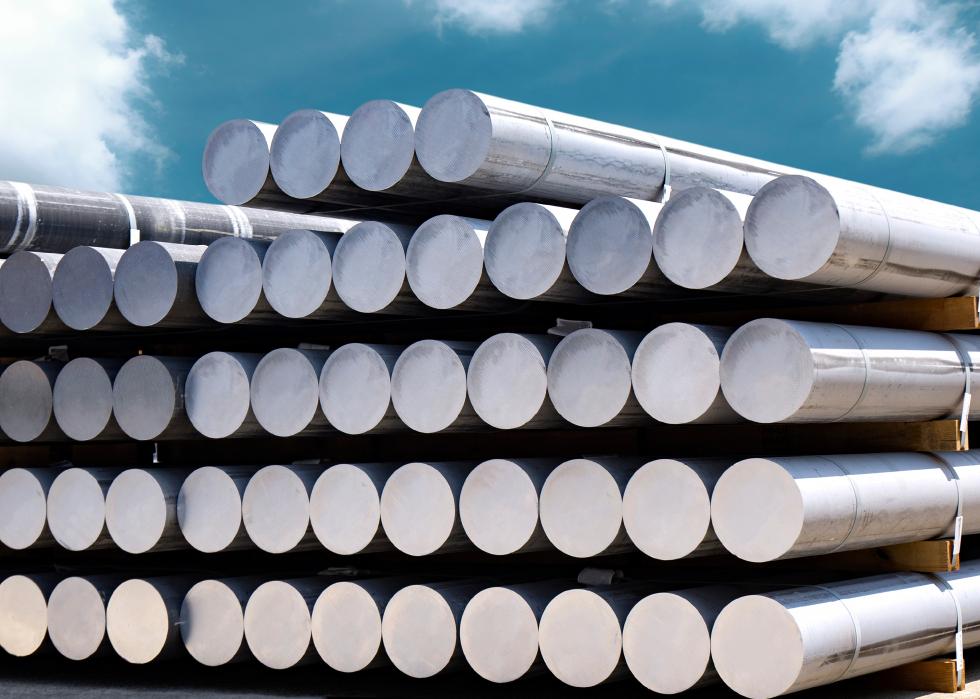
Aluminum
- Highest price: $3,067.46 per Metric Ton (July 2008)
- Price as of April 2021: $2,190.48 per Metric Ton
Today, aluminum is used in everything from soda cans to spaceships. However, when it was first discovered in the early 1800s by extracting it from ore, lightweight aluminum was more expensive—and coveted—than gold and silver.
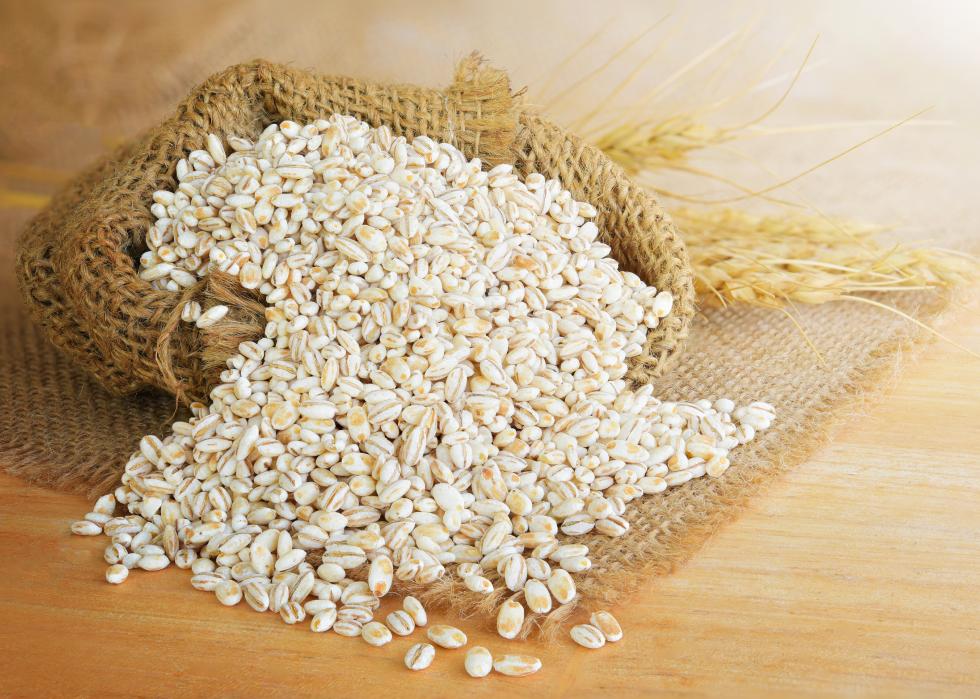
Barley
- Highest price: $260.63 per Metric Ton (Aug. 2012)
- Price as of April 2021: $138.98 per Metric Ton
Barley is one of the biggest feed grain crops next to corn and sorghum. Barley is also grown for malt production and human consumption. Because barley is a feed crop, the price usually aligns with wheat and corn. However, as more consumers tout the health benefits of barley, demand and prices may rise.
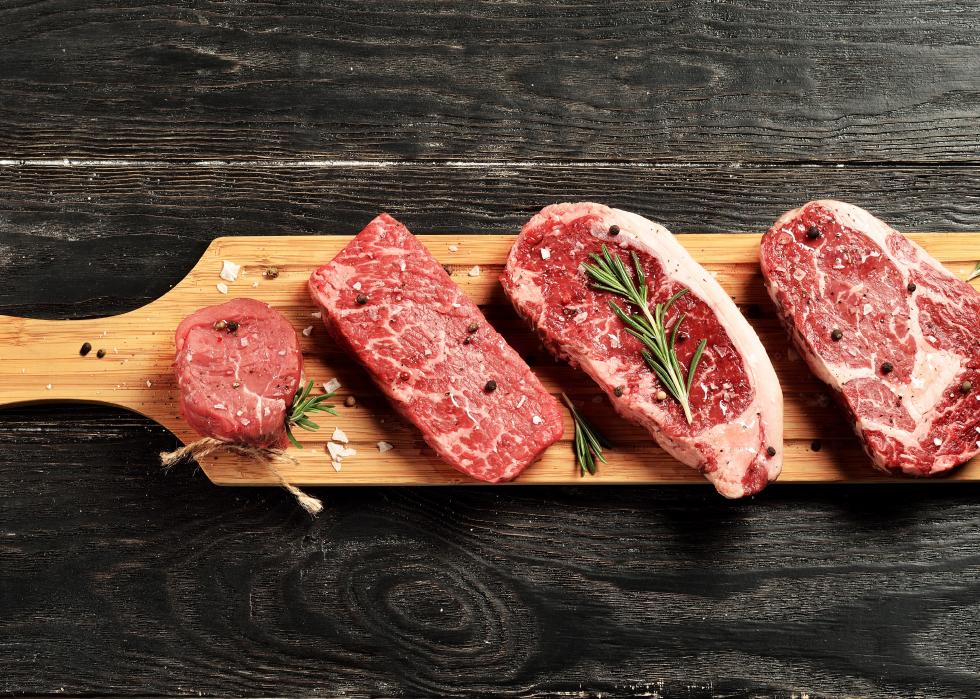
Beef
- Highest price: 272.30 Cents per Pound (Sept. 2014)
- Price as of April 2021: 224.82 Cents per Pound
A variety of factors can affect the price of beef. If the price of chicken goes up, consumers may buy more beef; if there’s a recall, sales of beef may plummet. Weather, disease, or higher feed prices are additional factors that can result in higher beef prices overall.
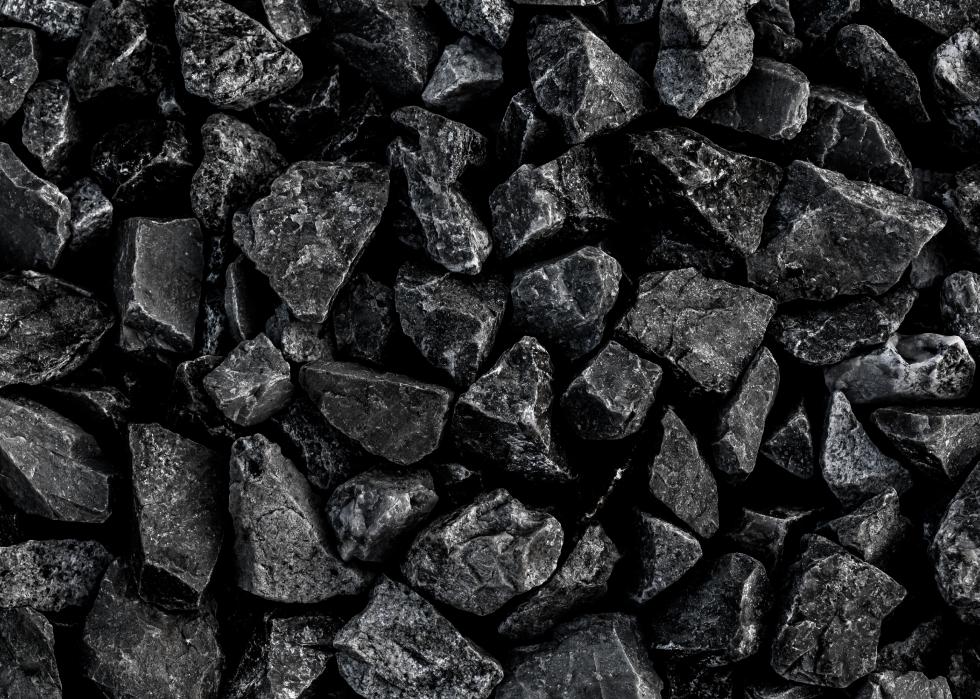
Coal
- Highest price: $195.19 per Metric Ton (July 2008)
- Price as of April 2021: $95.23 per Metric Ton
Despite a growing number of environmental groups calling for the phasing out of coal-powered factories in order to slow climate change, coal plants are still being built. Proponents of coal point out that it is a reliable, affordable, and long-lasting energy source that is readily available everywhere in the world.

Copper
- Highest price: $9,880.94 per Metric Ton (Feb. 2011)
- Price as of April 2021: $8,988.25 per Metric Ton
Copper is a versatile material used in products such as water pipes, cookware, and electrical wiring. At one time, it was thought we may run out of copper. However, experts believe that the copper reserves found in the Earth's crust, combined with copper recycling efforts, result in at least 200 years of copper reserves.
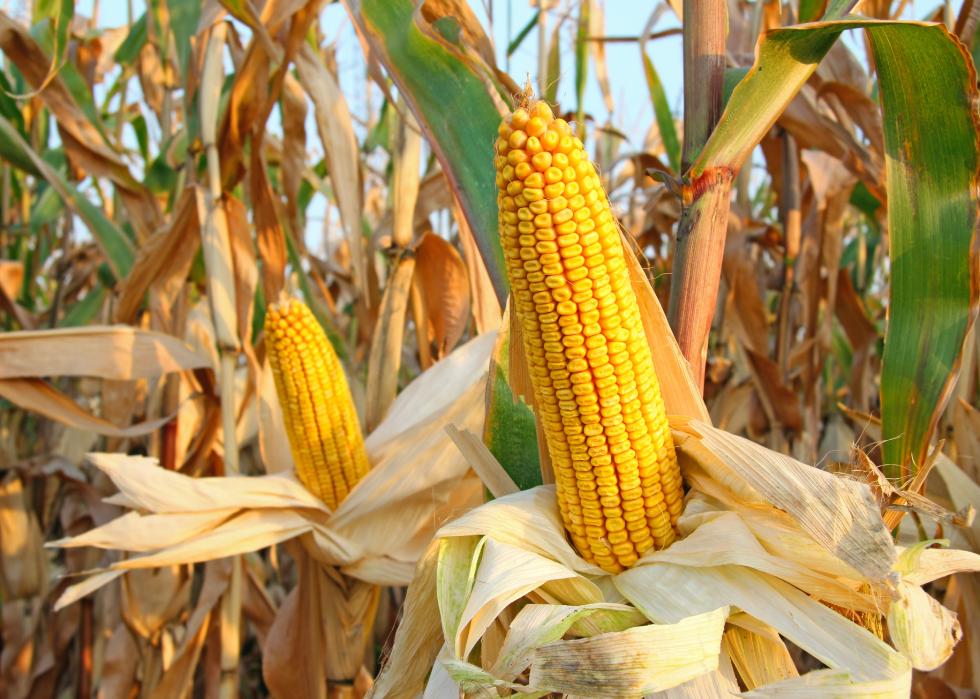
Corn
- Highest price: $333.00 per Metric Ton (July 2012)
- Price as of April 2021: $245.76 per Metric Ton
Corn prices have skyrocketed over the past year. The U.S. is the top producer of corn in the world, with two-thirds of the corn going to feed livestock, not humans. Corn is also used to make ethanol, an ingredient in automobile gasoline. High fructose corn syrup, cereal, corn starch, and many other products are also made with corn. The demand for ethanol has a big effect on corn prices, so if consumers are purchasing less gas, corn prices could go down.

Cotton
- Highest price: 229.67 Cents per Pound (March 2011)
- Price as of April 2021: 91.45 Cents per Pound
The U.S. is the third-largest producer of cotton, behind China and India. Paper currency in the U.S. is composed of 75% cotton. When the price of competing materials such as polyester are less expensive, cotton is less in demand and prices go down.

Crude oil
- Highest price: $133.88 per Barrel (June 2008)
- Price as of April 2021: $61.72 per Barrel
Crude oil prices are largely dependent on supply and demand. When prices go up, it means there’s more demand for petroleum products. When prices fall, it means there’s an overabundance of supply on hand. Seasonal changes, such as hurricanes and freezing, which can affect how long it takes to transport crude oil, have also resulted in temporary price hikes.

Gold
- Highest price: $1,971.17 per Troy Ounce (Aug. 2020)
- Price as of April 2021: $1,758.80 per Troy Ounce
In times of economic downturns, gold is seen as a safe investment. Over the past year, there has been less gold mining, creating less supply and more demand of the precious commodity. International prices and exchange rates for gold further cause a spike in gold prices—particularly in countries such as India, the world’s second-largest gold consumer.

Iron ore
- Highest price: $187.18 per Metric Ton (Feb. 2011)
- Price as of April 2021: $166.74 per Metric Ton
The demand for iron ore continues to increase as China grows its crude steel production. Iron ore is a rock that steel is extracted from. The process of extracting the steel is said to cause pollution, but production runs are reaching an all time high, regardless.
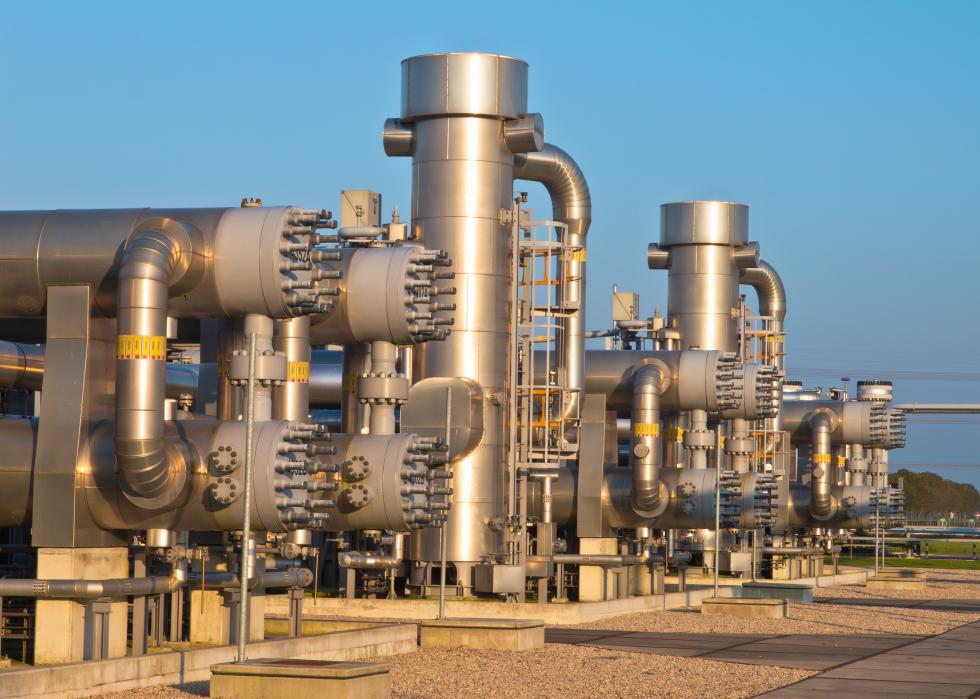
Natural gas
- Highest price: $13.42 per Million BTU (Oct. 2005)
- Price as of April 2021: $2.66 per Million BTU
Prices for natural gas increase or decrease depending on factors such as hot or cold weather that require air conditioning or heaters. The U.S. produces the majority of its own natural gas and has ramped production since 2005, helping prices to stay low.

Nickel
- Highest price: $51,783.33 per Metric Ton (May 2007)
- Price as of April 2021: $16,406.66 per Metric Ton
Nickel is derived from both mining ore and recycling. The resulting metal is used in hundreds of thousands of everyday products. One of the biggest indicators that determine nickel price increases is demand from China. The country depends on nickel for everything from batteries to stainless steel products, regularly requiring more than half of the global nickel supply.
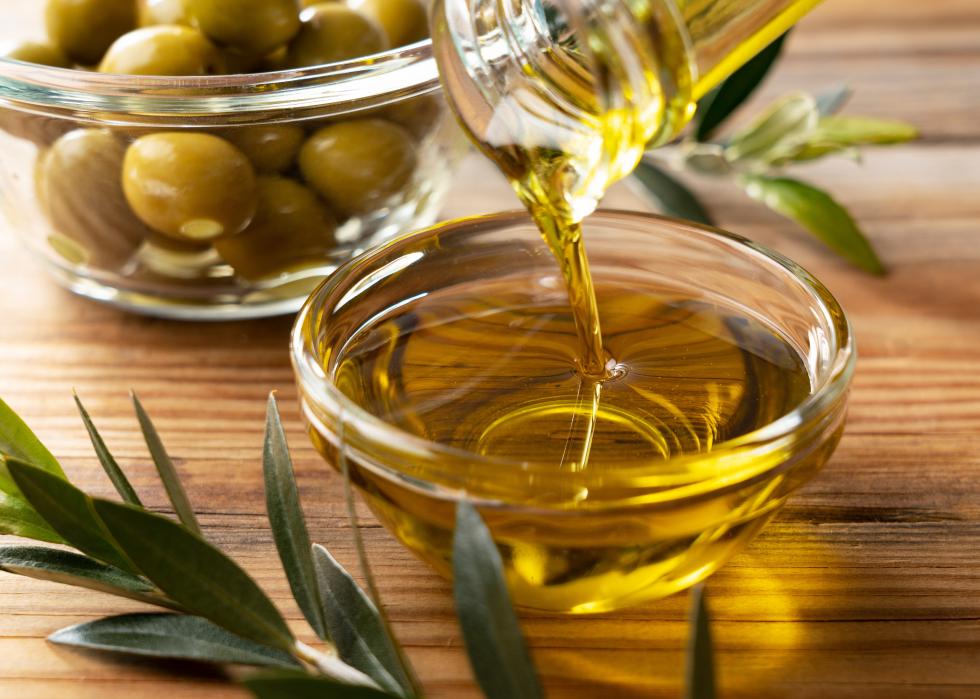
Olive oil
- Highest price: $6,241.91 per Metric Ton (Dec. 1996)
- Price as of April 2021: $3,933.92 per Metric Ton
Olive oil consumption continues to rise along with prices. A less-than-stellar growing season in several olive producing countries has created a slightly lower supply of olive oil; and an agreement in March of 2021 between the U.S. and Europe to enact a four-month-long freeze on tariffs resulted in higher demand.
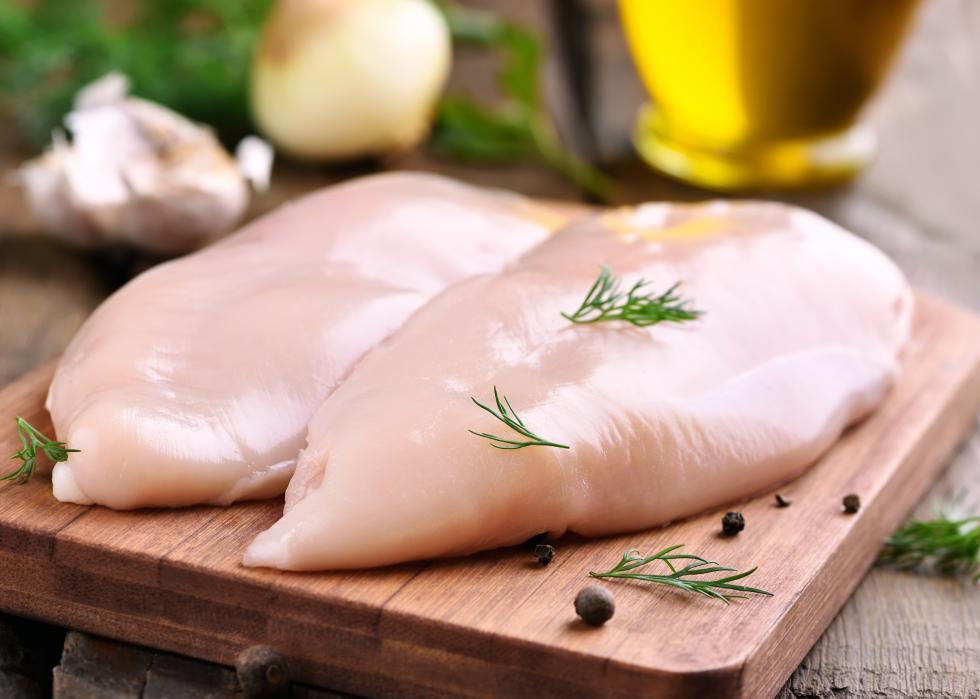
Poultry
- Highest price: 159.95 Cents per Pound (June 2018)
- Price as of April 2021: 113.40 Cents per Pound
An unexpected winter storm in Texas coupled with the increasing popularity of chicken sandwiches and chicken wings caused a spike in poultry prices. While experts stop short of calling it a chicken shortage, the supply has been strained. Prices will decrease, and supply will increase, in the coming months.
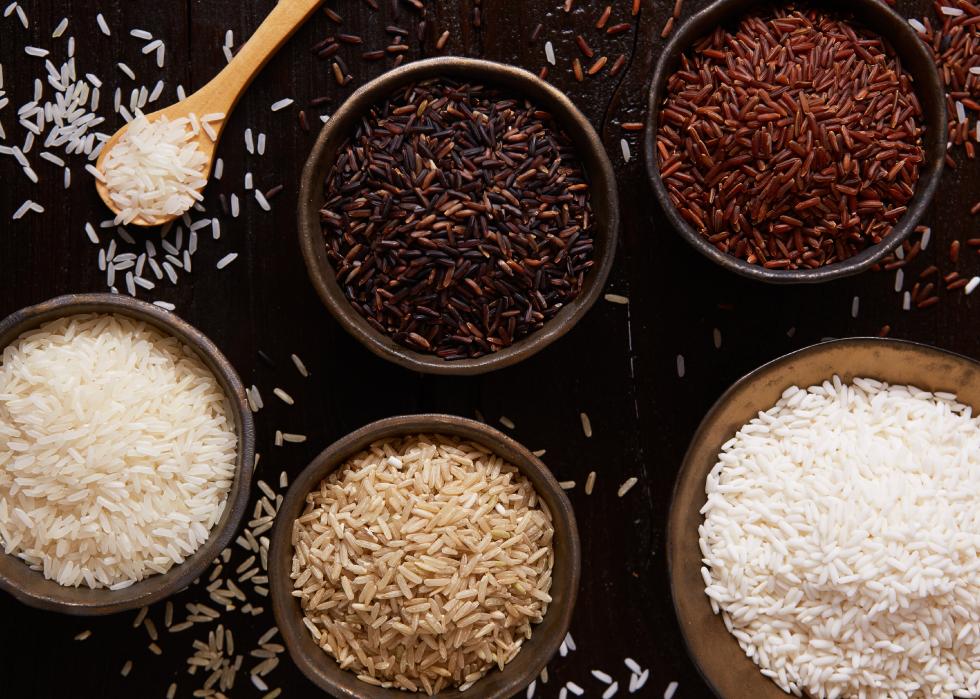
Rice
- Highest price: $1,015.21 per Metric Ton (April 2008)
- Price as of April 2021: $502.35 per Metric Ton
India, currently experiencing lockdowns due to COVID-19, is the largest exporter of rice. Less production may translate to higher prices for this popular commodity. Rice has already experienced an average price inflation of more than 2% each year since 1997, according to the U.S. Bureau of Labor Statistics.

Rubber
- Highest price: $280.79 per Pound (Feb. 2011)
- Price as of April 2021: $108.16 per Pound
The automotive and healthcare industries are steadily pushing the price of rubber higher as demand increases for gloves, tape, tires, and more. Rubber shortages are also occurring due to a stockpiling of the commodity in China and a need for new rubber sources. The natural rubber used today is found inside plants, most of which are located in Asia.
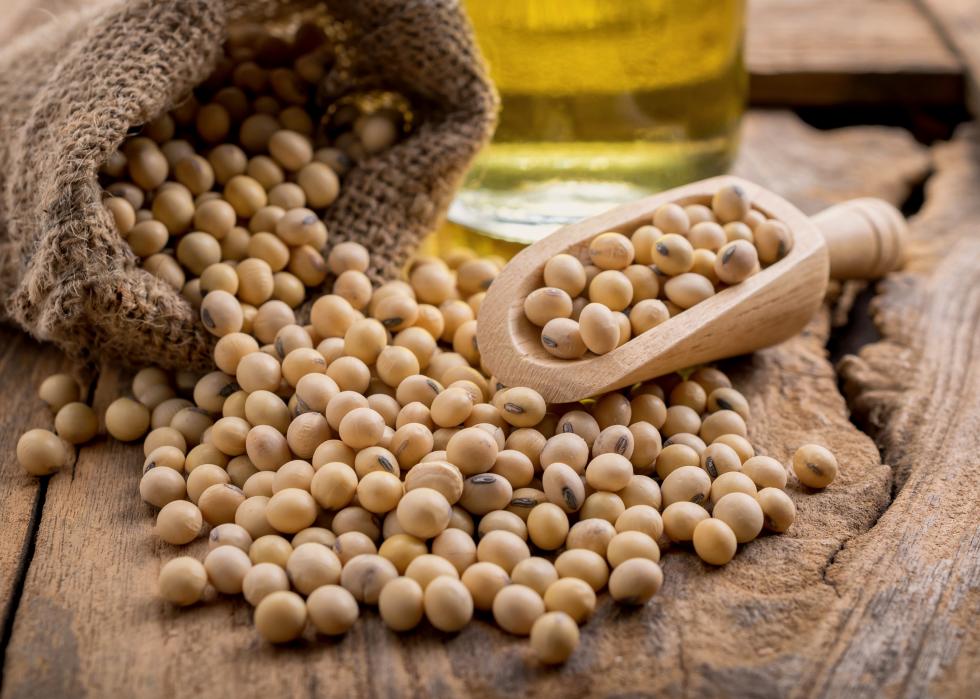
Soybeans
- Highest price: $615.85 per Metric Ton (Q3 2012)
- Price as of April 2021: $510.67 per Metric Ton
Soybean prices are the highest they’ve been since 2012, according to MarketWatch. Many forecasters believe that the commodity, which is mostly used for animal feed, will be in short supply through 2022, with excess availability running thin.
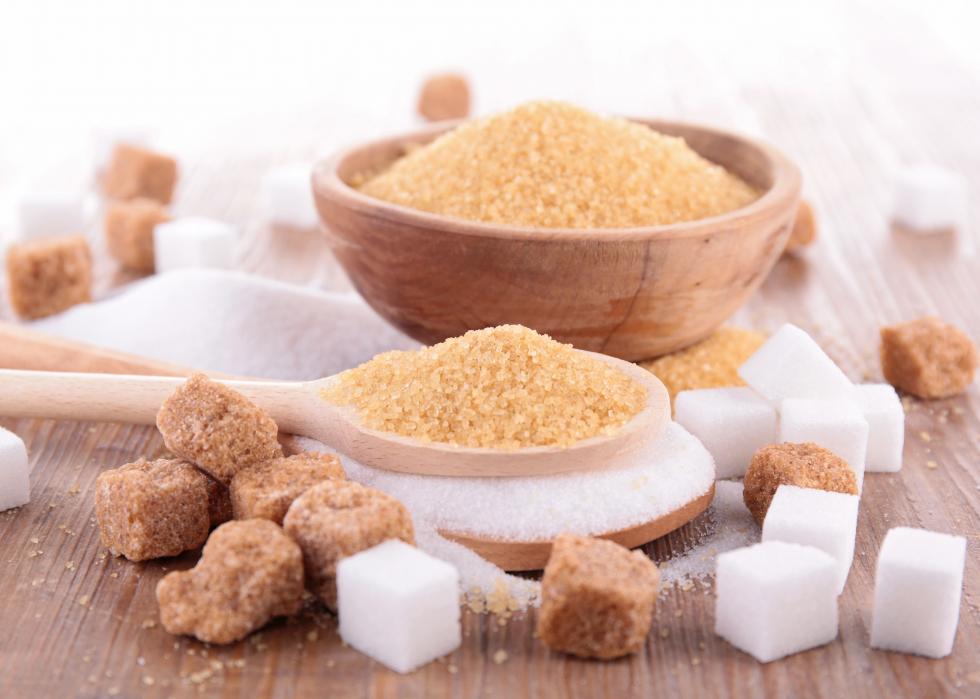
Sugar
- Highest price: 29.73 Cents per Pound (Jan. 2011)
- Price as of April 2021: 15.81 Cents per Pound
Sugar is a commodity found in a wide variety of foods. Not only can the price of sugar be affected by weather conditions such as drought and flood, but gas demand can also play a role. In Brazil, the ethanol used to power vehicles in the country is created using sugarcane. As gas demand increases, so does the demand for sugarcane, making prices for both rise together.
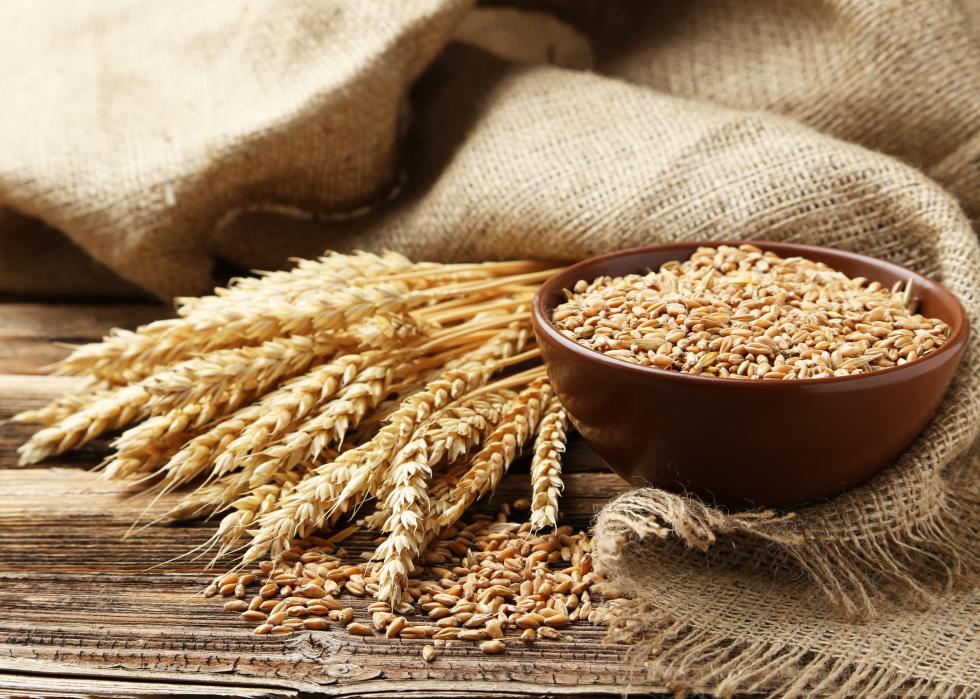
Wheat
- Highest price: $403.81 per Metric Ton (March 2008)
- Price as of April 2021: $229.89 per Metric Ton
Commercial wheat sales have been down, according to experts, who also note continuing drought conditions in much of the wheat growing regions. China is currently the largest producer of wheat, with America coming in fourth.

Zinc
- Highest price: $4,381.44 per Metric Ton (March 2006)
- Price as of April 2021: $2,791.94 per Metric Ton
Zinc prices are inching to their highest level since 2008, according to experts who point to a power shortage in China as the culprit. Manufacturers depend on zinc to create parts for automobiles, hardware, and electrical devices to help prevent rust.



